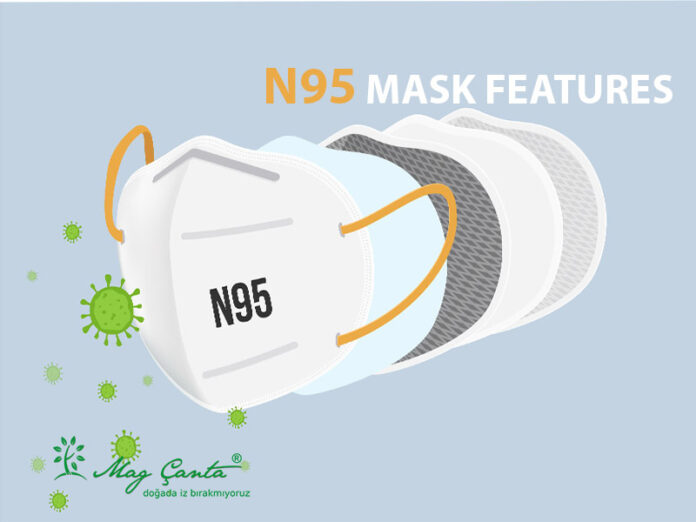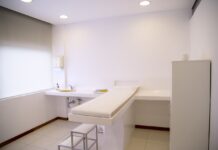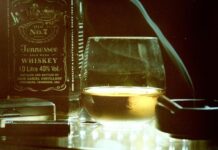The N95 respirator mask prevents air passage with very small particles of bacteria such as tuberculosis or measles viruses. The N95 mask prevents the passage of these microbes.
The use of the N95 mask complies with the Centers for Disease Control and Prevention (CDC) guidelines for tuberculosis exposure control. As a disposable particulate respirator, it is intended to help reduce the wearer’s exposure to certain particles in the air. A surgical mask is designed to be resistant to fluid splashes and splashes of blood and other infectious materials.
Its features include: NIOSH 42 approved N95. CFR.84 meets CDC guidelines for Mycobacterium tuberculosis exposure control, Food and Drug Administration approved (FDA) for use in accordance with ASTM F2101 fluid resistance standard. This mask contains no components made of latex, natural rubber with a collapsible cup design, braided straps, cushioning foam for the nose, and lightweight construction for comfortable wear.
How do I use an N95 respirator mask?
Before putting on the N95 mask, you should have the following considerations:
- The mask must fit snugly on the face to prevent microbes from entering. Masks come in different sizes. Use the mask that holds the most tightly on your face.
- You must wear the mask correctly every time you visit the sick person, or it will not protect you from germs. If the mask does not fit well, you can also get sick.
- Put on the mask before entering the room with the sick person.
- Do not remove the mask until you are outside the sick person’s room and the door is closed.
- The respiratory mask does not protect you if it gets dirty or wet, so if this happens, get a new one and put on a clean mask.
- If you feel dizzy or short of breath, leave the sick person’s room and remove your mask.
- Put on the mask before re-entering the room where the sick person is.
- When you leave the patient’s room, throw the mask in the waste container outside the sick person’s room.
- Wear a new mask every day you visit the sick person.
The use of surgical masks is not recommended as they do not provide adequate protection. These masks are barrier protection for large droplets. Also, they are not effective in filtering tiny droplets and particles from the air, nor do they prevent the entry of it around the mask when inhaled by the person using them. So they should not be used in places where a tuberculosis patient is present.
Alternatively, the N95 mask helps prevent viruses less than 0.3 microns in size, making these masks the ideal option for patients with tuberculosis. Also, they serve as barrier protection for tiny droplets of viruses in the air. This is why it is approved to be used by health workers during the pandemic to help curtail the spread of various viruses related to Covid-19 strains.
Conclusion
Always ensure when buying the N95 mask, you select the one approved by the NIOSH. These approved masks are safe for usage and will prevent any external viruses that might harm your health. Furthermore, we recommend you get the BNX N95 mask on amazon as we have specifically tested this product, and we trust its usage.










![Anso FG Reviews: UPDATED 2024 [ansofg.com] Anso FG Reviews UPDATED 2024 [ansofg.com]](/wp-content/uploads/2023/12/Anso-FG-Reviews-UPDATED-2024-ansofg.com_-100x70.png)







